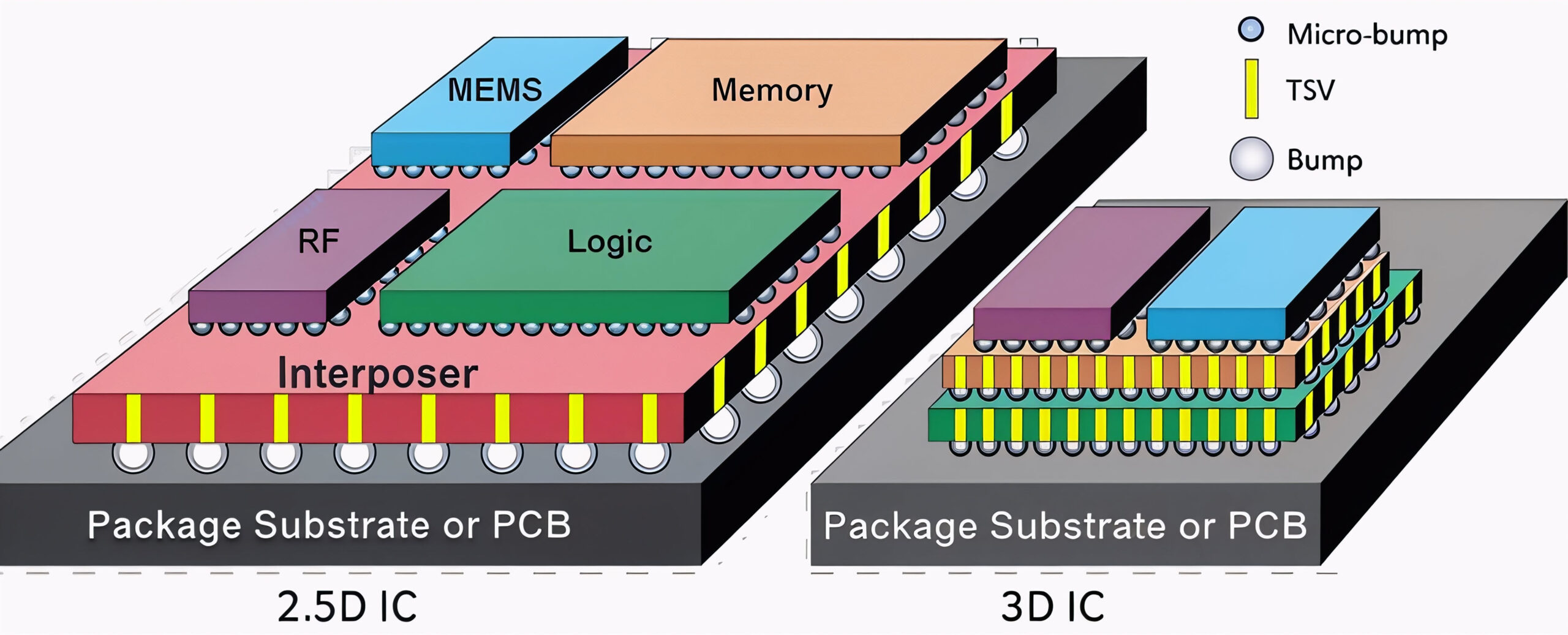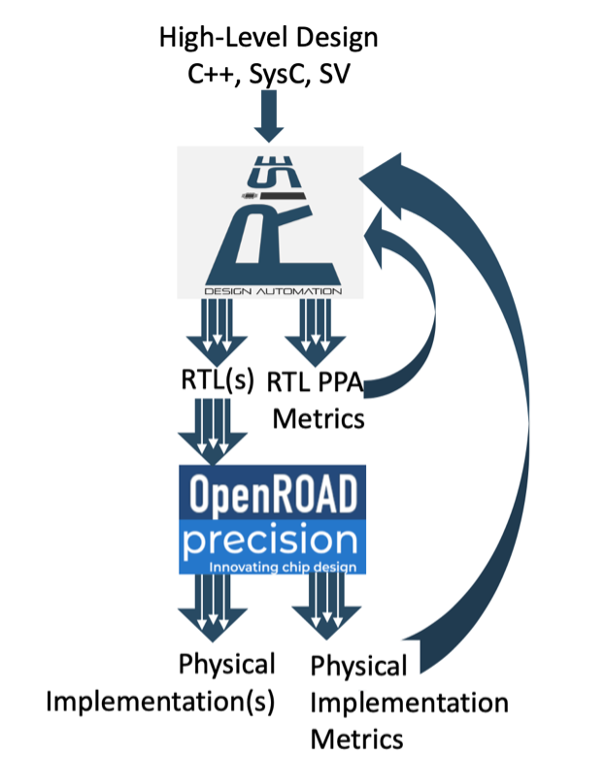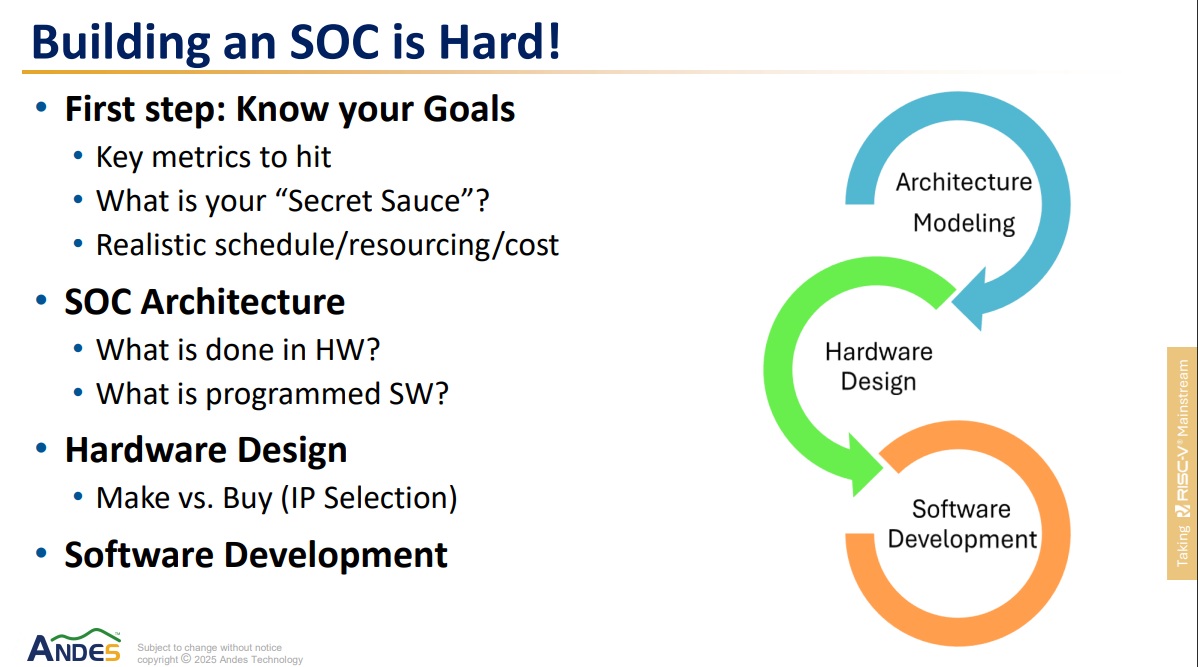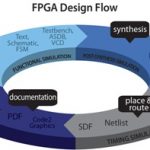There were a number of trends discernible at CES this year, one of the big ones being wearables, especially in the medical and fitness areas. I wear a FitBit Flex and I have, but rarely wear, a Pebble Watch that links to my iPhone. I would say that at this point they are promising but are more gimmicks than truly useful. My Fitbit measures… Read More
 Cost, Cycle Time, and Carbon aware TCAD Development of new TechnologiesOur good friend Scotten Jones wrote a paper…Read More
Cost, Cycle Time, and Carbon aware TCAD Development of new TechnologiesOur good friend Scotten Jones wrote a paper…Read More 3D ESD verification: Tackling new challenges in advanced IC designBy Dina Medhat Three key takeaways 3D ICs…Read More
3D ESD verification: Tackling new challenges in advanced IC designBy Dina Medhat Three key takeaways 3D ICs…Read More Reimagining Architectural Exploration in the Age of AIThis is not about architecting a full SoC…Read More
Reimagining Architectural Exploration in the Age of AIThis is not about architecting a full SoC…Read MoreDan Niles: Strong Developed Markets, Weak Emerging
Yesterday was Dan Niles’s economic review that he presents quarterly for GSA. As always he starts from big macroeconomic picture and ends up looking at the implications for semiconductor end-markets and thus the implication for semiconductors in general and the fabless ecosystem in particular.
The big picture is that… Read More
ESD at TSMC: IP Providers Will Need to Use Mentor to Check
I met with Tom Quan of TSMC and Michael Beuler-Garcia of Mentor last week. Weirdly, Mentor’s newish buildings are the old Avant! buildings where I worked for a few weeks after selling Compass Design Automation to them. Odd sort of déja vu. Historically, TSMC has operated with EDA companies in a fairly structured way: TSMC … Read More
Have you Tried ALDEC?
I must admit. I was too comfortable. Let me explain, I’m a ModelSim guy from Mentor Graphics. I did not really think nor care much of the other RTL simulator options. How could someone build a better tool with respect to simulation? Let me introduce you to Aldec. Aldec was founded in 1984 by Dr. Stanley M. Hyduke. 30 years later they are… Read More
Just Released! Fabless: The Transformation of the Semiconductor Industry
The book “Fabless: The Transformation of the Semiconductor Industry” is now available in the Kindle (mobi) and iBooks (ePub) formats. We are really looking forward to your feedback before we go to print in March. This was truly a Tom Sawyer experience for me. As the story goes Tom made whitewashing a fence seem like fun so his friends… Read More
A Power Optimization Flow at the RTL Design Stage
SoC designers can code RTL, run logic synthesis, perform place and route, extract the interconnect, then simulate to measure power values. Though this approach is very accurate, it’s also very late in the implementation flow to start thinking about how to actually optimize a design for the lowest power while meeting all… Read More
TSMC Responds to Intel’s 14nm Density Claim!
TSMC responded to Intel’s 14nm density advantage claim in the most recent conference call. It is something I have been following closely and have written about extensively both publicly and privately. Please remember that the fabless semiconductor ecosystem is all about crowd sourcing and it is very hard to fool a crowd of semiconductor… Read More
Semiconductor IP and Correct-by-construction Workspaces
SoC hardware designers could learn a thing or two from the world of software development, especially when it comes to the topic of managing complexity. Does that mean that hardware designers should literally use a software development environment, and force fit hardware design into file and class-based software methodologies?… Read More
DSPs converging on software defined everything
In our fascination where architecture meets the ideas of Fourier, Nyquist, Reed, Shannon, and others, we almost missed the shift – most digital signal processing isn’t happening on a big piece of silicon called a DSP anymore.
It didn’t start out that way. General purpose CPUs, which can do almost anything given enough code, time,… Read More
Happy Birthday GSA
This year marks the 20th anniversary of GSA and collaboration around the foundry and fabless ecosystem. Originally GSA was FSA, the fabless semiconductor association. There was a semiconductor associations 20 years ago, the SIA, but that was still the “real men have fabs” era and fabless semiconductor companies… Read More






Quantum Computing Technologies and Challenges